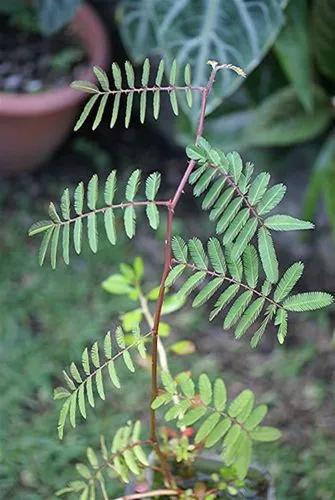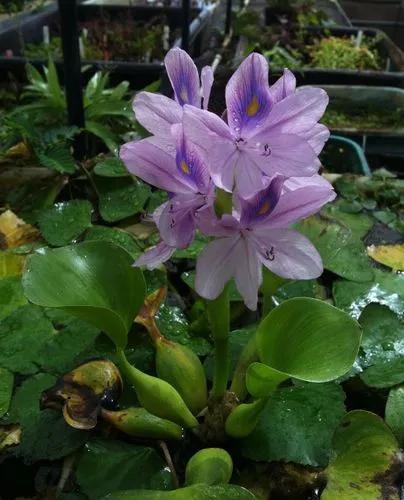Salvia yangii, also called Russian sage, previously known as Perovskia atriplicifolia, is a flowering herbaceous perennial plant and subshrub. Although not previously a member of Salvia, the genus widely known as sage, it is now included within them.
Russian-sage Care
Perovskia atriplicifolia



Perovskia atriplicifolia, commonly called Russian sage, is a woody-based perennial of the mint family which typically grows 2-4' (less frequently to 5') tall and features finely-dissected, aromatic (when crushed), gray-green leaves on stiff, upright, square stems and whorls of two-lipped, tubular, light blue flowers tiered in branched, terminal panicles (12-15" high). Long summer bloom period. Perennial Plant Association Plant of the Year (1995). Genus name honors Russian general V. A. Perovski (1794 - c. 1857). Specific epithet means with leaves resembling salt-bush.
How to Care for the Plant

Water

Sage is easy to grow and look after. It is fairly drought tolerant, but like all other drought-resistant plants needs watering until well established. Plants may also need watering during prolonged dry periods, but always avoid overwatering.

Pruning

To prune a plant to encourage bushy new growth, snip off the dominant buds on select stems, staggering the cuts to encourage varied growth.

Fertilizer

An organic, balanced, liquid fertilizer once a month during growth period is recommended.

Sunlight

Needs a lot of sunlight, but it has to be protected from the strongest rays of the sun. In a south-facing window, blinds should be shading it form direct light. An east facing window, where the sun disappears after about 10 AM, is a good choice as is a west facing window where the plant will receive afternoon sun.

Soil

Most often planting instructions will suggest planting in loam soil. Loam soil should be rich in minerals and nutrients for the plants and loose enough that roots and spread out and grow strong.

Temperature

The plant can be grown in the areas with the lowest winter temperatures between -20°F and -10°F or -28.9°C and -23.3°C.

Container

Use a ceramic porous pot with a good drainage.

Popularity

2,129 people already have this plant 576 people have added this plant to their wishlists
Discover more plants with the list below
Popular articles






